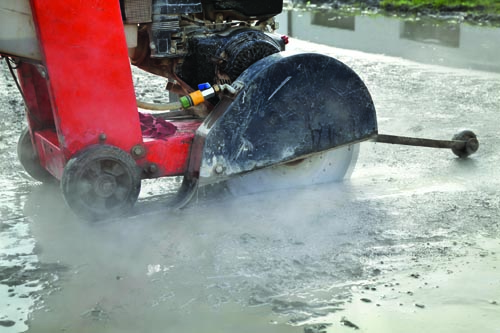
Washington — Seeking “uniformity” in the enforcement of its silica standards, OSHA has published an instructional directive for its compliance safety and health officers.
Dated June 25, the directive outlines inspection procedures for addressing respirable crystalline silica exposures in general industry, maritime and construction. The directive guides OSHA inspectors on the enforcement of the silica standards’ requirements, which include:
- Methods of compliance
- Exposure assessments
- Table 1 tasks and specified exposure control methods
- Housekeeping
- Communication of hazards
- Respiratory protection
- Regulated areas
- Recordkeeping
- Employee information and training
- Medical surveillance
“The directive also provides clarity on major topics, such as alternative exposure control methods when a construction employer does not fully and properly implement Table 1, variability in sampling, multiemployer situations, and temporary workers,” a June 26 agency press release states.
The standards call for a permissible exposure limit of 50 micrograms per cubic meter of air over an 8-hour time-weighted average. As of June 23, general industry and maritime employers must offer medical surveillance to all employees who are exposed to the silica standard’s “action level” of 25 micrograms per cubic meter for 30 or more days a year.
Hydraulic fracturing operations in the oil and gas industry have until June 23, 2021, to comply with OSHA requirements for the standard’s engineering controls.


